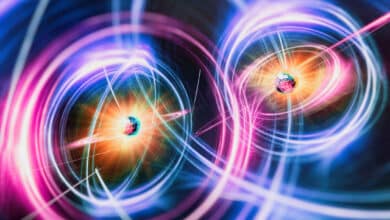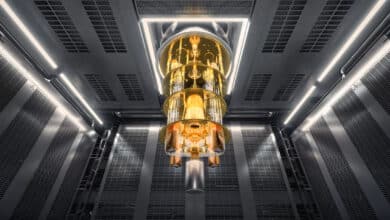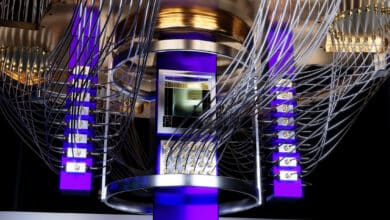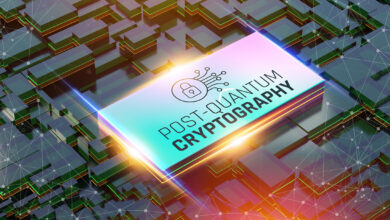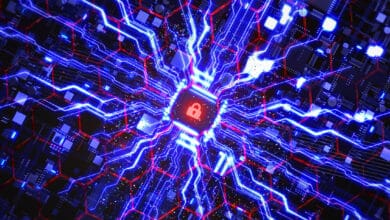All Q-Day, Y2Q Posts
-
Q-Day
What Is Q-Day (Y2Q)?
Q-Day, sometimes called “Y2Q” or the “Quantum Apocalypse”, refers to the future moment when a quantum computer becomes powerful enough to break modern encryption algorithms. In other words, it’s the day a cryptographically relevant quantum computer (CRQC) can crack the public-key cryptography (like RSA or ECC) that underpins our digital security. The term “Y2Q” stands for “years to quantum,” an explicit nod to the Y2K…
Read More » -
Post-Quantum, PQC, Quantum Security
The Enormous Energy Cost of Breaking RSA‑2048 with Quantum Computers
The energy requirements for breaking RSA-2048 with a quantum computer underscore how different the post-quantum threat is from conventional hacking. It’s not just about qubits and math; it’s about megawatts, cooling systems, and power grids. Today, that reality means only the most potent actors would even contemplate such attacks, and even then only for the crown jewels of intelligence. Tomorrow, advances in both quantum engineering…
Read More » -
Post-Quantum, PQC, Quantum Security
Breaking RSA Encryption: Quantum Hype Meets Reality (2022-2025)
To put it plainly, if you encrypted a message with an RSA-2048 public key today, no one on Earth knows how to factor it with currently available technology, even if they threw every quantum computer and supercomputer we have at the task. That may change in the future – perhaps in a decade or even less if quantum tech continues its exponential development. Or perhaps…
Read More » -
Post-Quantum, PQC, Quantum Security
Post-Quantum Cryptography (PQC) Standardization – 2025 Update
Post-quantum cryptography (PQC) is here - not in theory, but in practice. We have concrete algorithms, with standards guiding their implementation. They will replace our decades-old cryptographic infrastructure piece by piece over the next decade. For tech professionals, now is the time to get comfortable with lattices and new key sizes, to update libraries and protocols, and to ensure crypto agility in systems. The transition…
Read More » -
Post-Quantum, PQC, Quantum Security
NIST PQC Security Strength Categories (1–5) Explained
As part of its post-quantum cryptography (PQC) standardization, NIST introduced five security strength categories (often labeled Levels 1-5) to classify the robustness of candidate algorithms. Each category represents a minimum security level that a PQC algorithm’s cryptanalysis should require, defined by comparison to a well-understood "reference" problem in classical cryptography. In simpler terms, NIST set floors for security: if a PQC scheme claims to meet…
Read More » -
Post-Quantum, PQC, Quantum Security
Capability E.1: Engineering Scale & Manufacturability
Building a cryptography-breaking quantum computer (often dubbed Q-Day) will demand far more than just better algorithms or a few more qubits. It requires a massive scale-up in engineering - reaching hundreds of thousands or even millions of physical qubits - and doing so in a practical, manufacturable way. Engineering Scale & Manufacturability (Capability E.1) is about bridging the gap between today’s laboratory prototypes and tomorrow’s…
Read More » -
Post-Quantum, PQC, Quantum Security
Capability B.4: Qubit Connectivity & Routing Efficiency
Qubit connectivity refers to which qubits can interact directly (perform two-qubit gates) with each other. This is often visualized as a connectivity graph: each node is a qubit, and an edge between two nodes means those qubits can be coupled for a two-qubit gate. Some hardware has a dense graph (even complete or all-to-all connectivity), meaning any qubit can directly entangle with any other. Others…
Read More » -
Post-Quantum, PQC, Quantum Security
4,099 Qubits: The Myth and Reality of Breaking RSA-2048 with Quantum Computers
4,099 is the widely cited number of quantum bits one would need to factor a 2048-bit RSA key using Shor’s algorithm – in other words, the notional threshold at which a quantum computer could crack one of today’s most common encryption standards. The claim has an alluring simplicity: if we could just build a quantum machine with a few thousand perfect qubits, decades of RSA-protected…
Read More »
